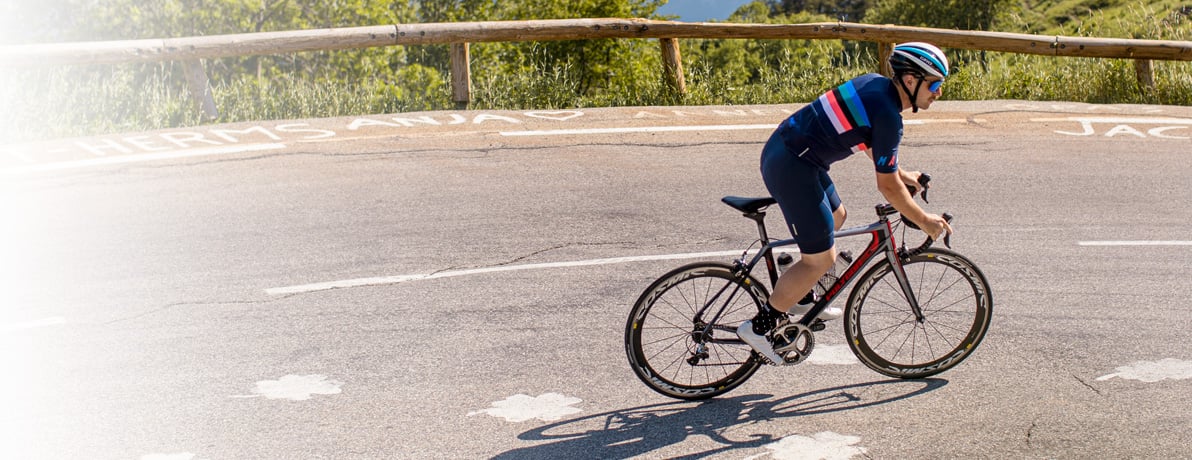
How Athletes Can Spot and Prevent Exercise-associated Hyponatremia (EAH)
If you’re athletic or active in any way, you’re probably aware of the dangers of dehydration. But what about hyponatremia? Hyponatremia isn’t talked about much, but it’s actually pretty common. According to research published by the National Library of Medicine, approximately 1.7% of the U.S. population is affected by the condition.
Hyponatremia is more common among endurance athletes. The first cases of exercise-associated hyponatremia (EAH) were reported in the 1980’s among ultramarathon and triathlon runners.
The good news is, it’s totally preventable. In this post, we’ll cover what athletes need to know about exercise-associated hyponatremia—what is it, how does it happen, and what can you do about it? Get your answers here.
What is Hyponatremia?
First, the basics. Hyponatremia is essentially a type of dehydration. Also known as hypotonic dehydration, hyponatremia is when your blood sodium level is too low. In other words, you have too much fluid and not enough sodium in your bloodstream.
On the other hand, hypertonic dehydration (aka hypernatremia) is when you have too much sodium and not enough fluids. When you lose balanced amounts of sodium and water, it’s called isotonic dehydration.
Sodium is an electrolyte your body needs for vital functions, like regulating fluid levels and helping your muscles relax and contract. When the sodium level in your blood falls below normal, you can’t perform at your best and it could even cause health problems.
What Causes Hyponatremia?
What causes hyponatremia and who is at risk? Hyponatremia often results from underlying medical conditions, certain medications, or from overhydration.
Potential causes and risk factors include:
- Severe vomiting or diarrhea
- Liver, kidney, or heart failure
- Addison’s disease
- Diuretics, some antidepressants and pain medications
- Intense physical activity, especially over a prolonged period
Exercise-Associated Hyponatremia
Hyponatremia in athletes (known as exercise-associated hyponatremia or EAH) is a fluid-electrolyte disorder caused by a low concentration of sodium in your blood.
Without proper hydration, intense athletes like marathoners, ultramarathoners, mountain bikers, and triathletes can develop EAH. During high-intensity or prolonged exercise, you lose both sodium and fluids as you sweat. If you replace only the lost fluid but not the electrolytes, your blood-sodium concentration will decrease and could lead to hyponatremia.
When you sweat excessively and only hydrate with water, you risk a sodium imbalance that can affect your performance and your overall health.
What are the Symptoms of Hyponatremia?
The early symptoms of hyponatremia, including exercise-associated hyponatremia, are often similar to (isotonic) dehydration. You may not be thirsty but you might feel sluggish, fatigued, confused, disoriented, or nauseous. You could also experience muscle cramps, spasms, or weakness.
More serious signs and symptoms of hyponatremia may include:
- Vomiting
- Headache
- Seizures
- Coma
In general, hyponatremia in athletes is totally treatable and you can recover fully. But it can be fatal in severe cases.
Treatment of Hyponatremia
The key to treating exercise-associated hyponatremia is to restore your sodium levels ASAP. If you notice any mild symptoms (especially if you’ve been drinking a lot of water and sweating) start with an electrolyte drink or sports drink containing sodium, or eat salty foods.
In severe cases, you may need intravenous electrolyte solutions or medications. Seek medical attention if you have serious symptoms like headaches, nausea, vomiting, seizures or loss of consciousness.
Exercise-associated Hyponatremia is Preventable with Good Hydration Habits
The best way to deal with exercise-associated hyponatremia is to make sure you don’t get it in the first place. Hyponatremia in athletes can be easily prevented with a bit of knowledge, some preparation, and good hydration habits.
- Start by understanding the risks, including related medical conditions, medications, and activities that can lead to hyponatremia.
- Stay hydrated consistently so you don’t have to load up on water before a race or prolonged workout. Instead, try drinking water in moderation before, during, and after your session.
- Consume enough dietary sodium and maintain a healthy electrolyte balance, especially during high-intensity or endurance exercise. University of Connecticut’s Korey Stringer Institute recommends monitoring your fluid loss and need for sodium replacement during and after the event.
- Monitor your hydration level on an ongoing basis, with the understanding that the amount of water you need varies depending on sweat rate, environmental conditions, activity type and duration, and other factors. You can use CamelBak’s Hydration Calculator to figure out how much you need for maximum performance.
- Know how to recognize the onset of EAH and have an emergency plan in place so you can treat it quickly.
Do you know the top signs you need water? Get the answer to this and more with our Daily Hydration and Wellness Tips for Optimizing Your Water Intake.


